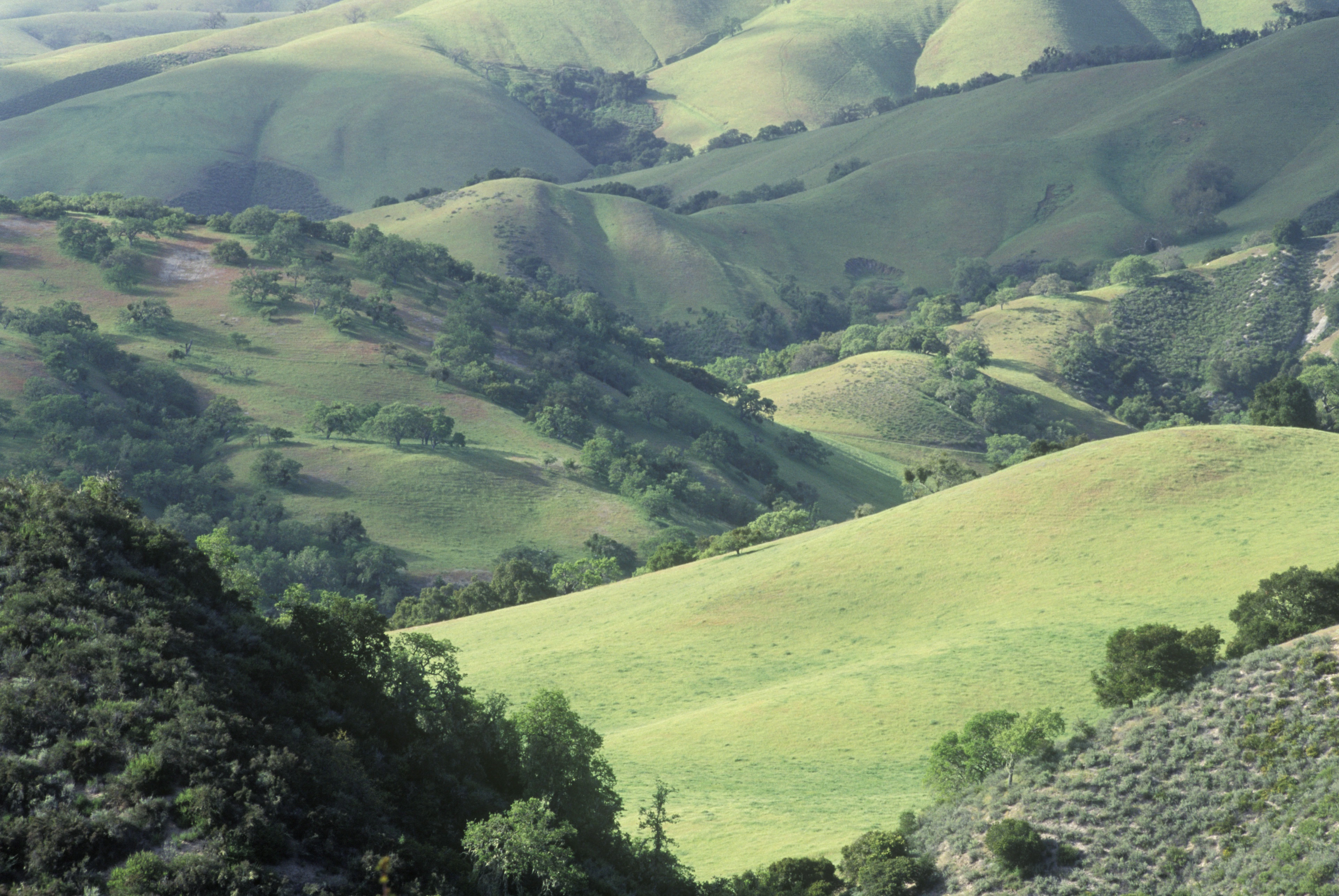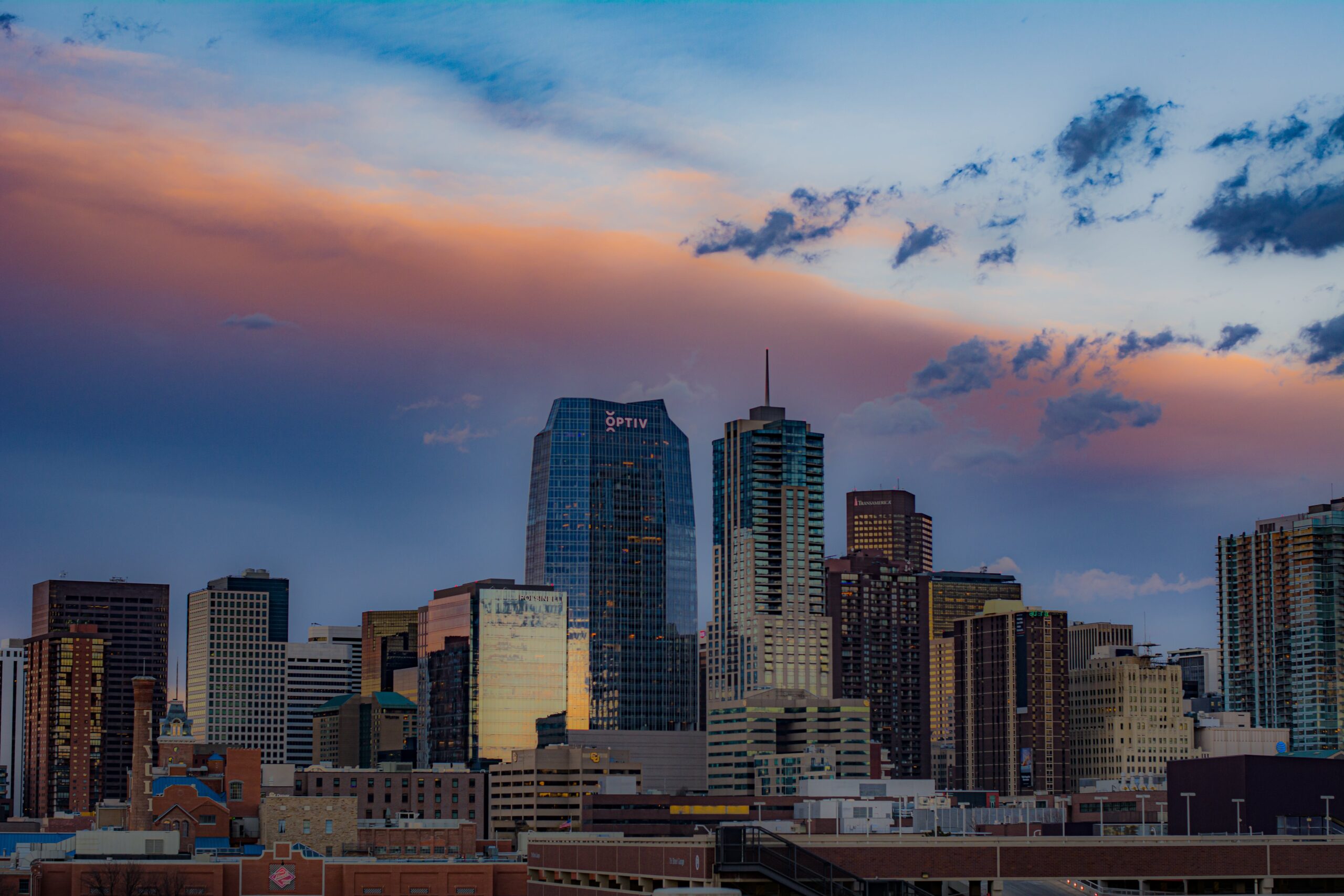Nestled on the Monterey Peninsula in California, Carmel Valley is a place where the past and present merge to create a uniquely rich tapestry of history and natural beauty. This serene valley, known for its rolling hills, vibrant vineyards, and artistic community, has a fascinating story that spans thousands of years. From its earliest inhabitants to its transformation into a beloved destination, Carmel Valley’s history is a testament to the resilience and creativity of its people. Let’s embark on a journey through time to explore the milestones that have shaped this enchanting region.
The Native Legacy
Long before European explorers set foot in California, the Rumsen Ohlone people thrived in the area now known as Carmel Valley. These indigenous inhabitants lived in harmony with the land, utilizing the valley’s abundant resources for sustenance and shelter. They were skilled hunters, gatherers, and fishermen, deeply connected to the cycles of nature that dictated their way of life. The legacy of the Rumsen Ohlone is woven into the very fabric of Carmel Valley, reminding us of the enduring bond between humans and the earth.
Spanish Exploration and The Mission Era
The arrival of Spanish explorers in the 16th century marked the beginning of significant changes for Carmel Valley. In their quest for expansion, the Spanish established the Mission San Carlos Borromeo de Carmelo in 1771, near the mouth of the Carmel River. This mission played a pivotal role in the colonization process, affecting the indigenous populations and altering the landscape of the region. The mission era introduced agriculture, livestock, and European architectural styles, laying the foundations for the valley’s future development.
Ranchos and Settlers
Following Mexico’s independence from Spain, vast tracts of land, including what is now Carmel Valley, were granted to Mexican citizens as ranchos. These ranchos were primarily used for cattle ranching, shaping the valley’s economy and culture. The mid-19th century saw an influx of settlers from the United States and other parts of the world, drawn by the promise of land and opportunity. This period was marked by the transition from a mission-based economy to a more diverse agricultural and ranching economy.
The Artistic Soul of Carmel Valley
In the early 20th century, Carmel Valley began to attract artists, writers, and intellectuals, enchanted by its natural beauty and tranquil atmosphere. This artistic influx contributed to the establishment of Carmel Valley as a cultural and creative hub. The valley’s scenic landscapes and vibrant community became a source of inspiration for many, leading to the opening of art galleries, studios, and theaters. The Bohemian spirit of the early settlers continues to thrive, making Carmel Valley a haven for creativity and artistic expression.
Carmel Valley Today
Today, Carmel Valley is celebrated for its stunning natural beauty, world-class vineyards, and rich cultural heritage. It has evolved into a premier destination for those seeking an escape into nature, a taste of local wines, or an immersion in the arts. Despite its growth and the changes that have come with time, Carmel Valley remains deeply connected to its historical roots, offering a peaceful retreat that honors its past while embracing the future.
Embark on your own journey through time by exploring the wonders of Carmel Valley. Whether you’re drawn to its historical landmarks, natural beauty, or artistic community, you’ll discover a world that captivates and inspires at every turn. And for those looking to immerse themselves fully in the experience, consider making your stay a memorable one by booking one of our Carmel Valley vacation rentals, where history and comfort meet to offer you an unparalleled getaway. Book your stay today and become a part of Carmel Valley’s storied history.




